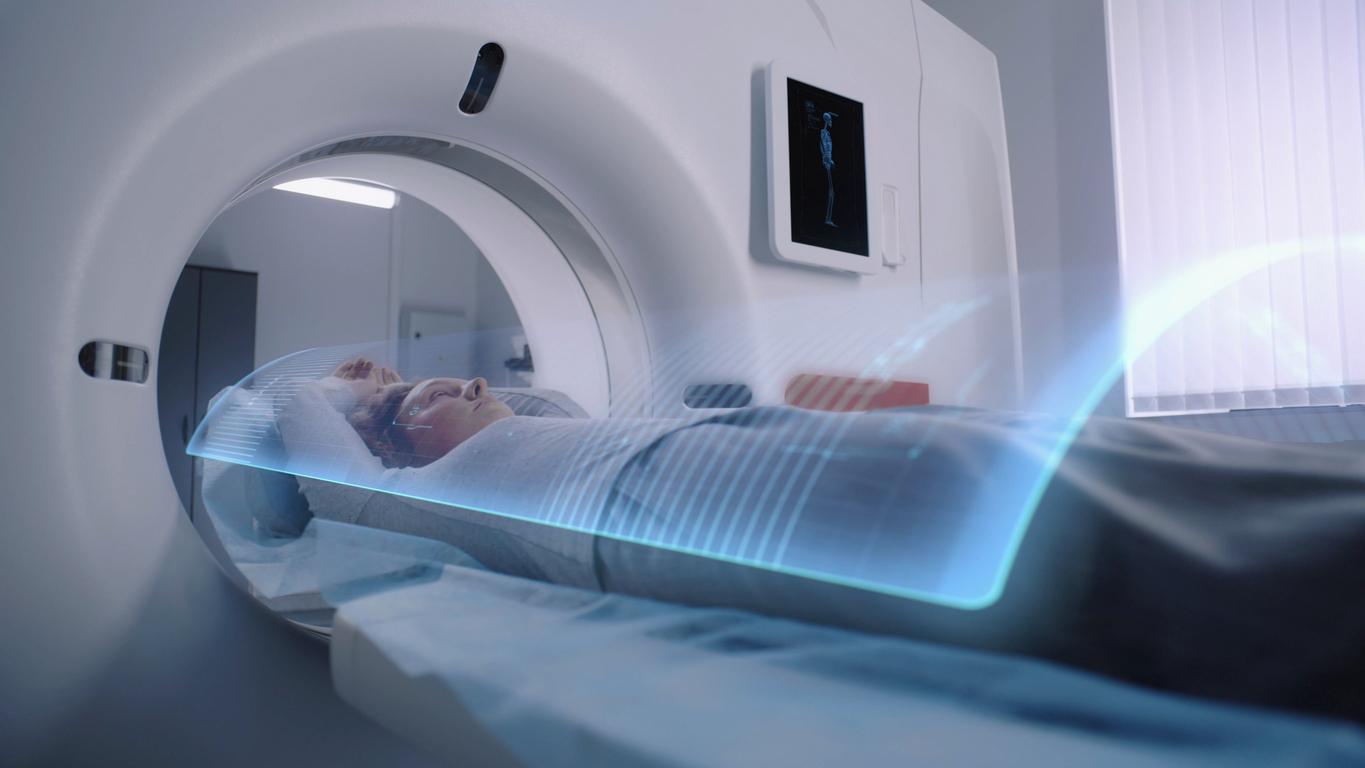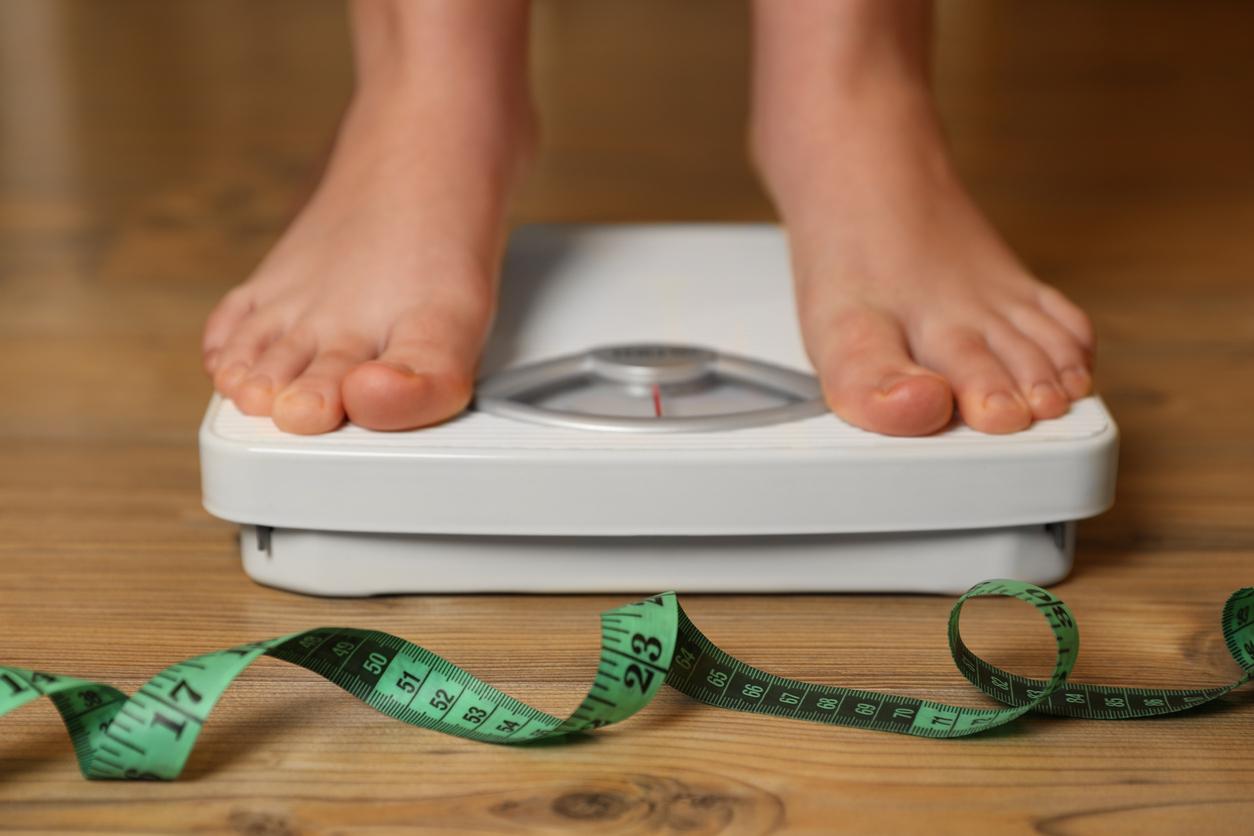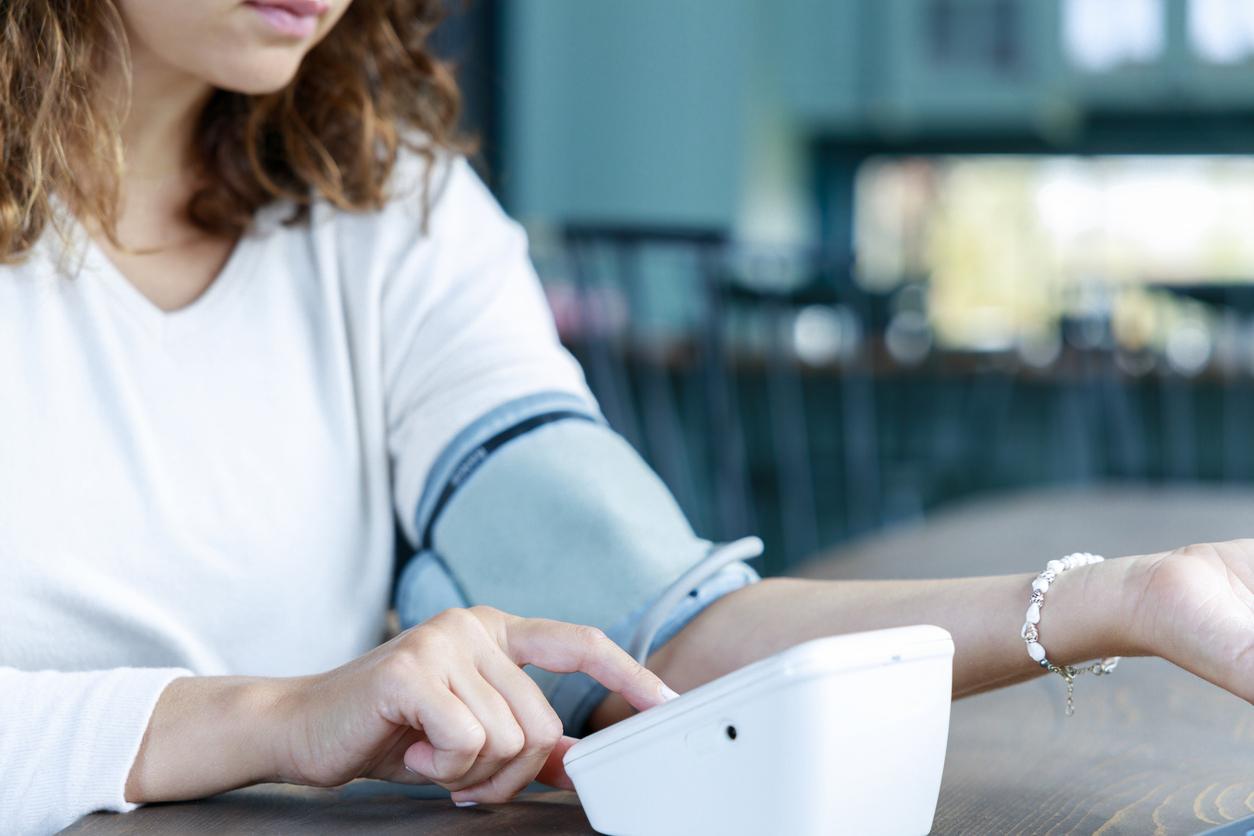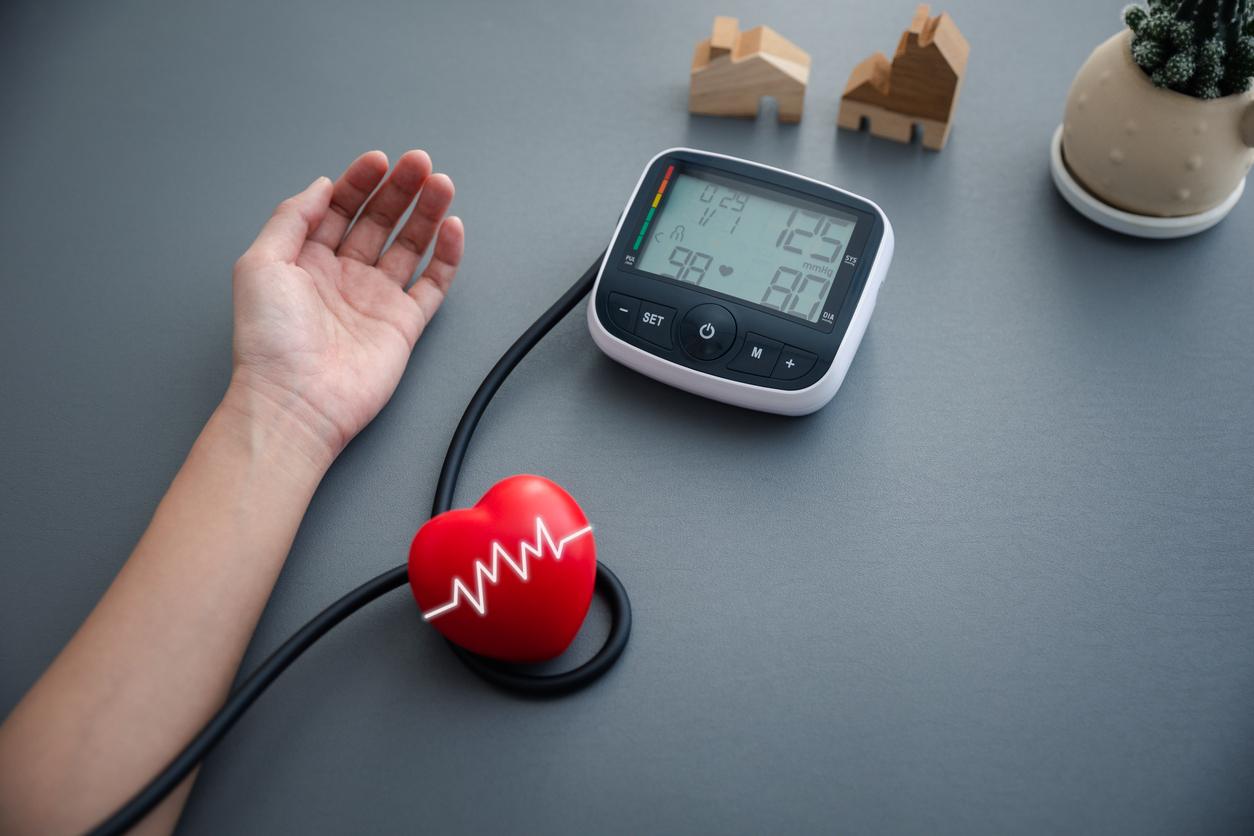Some commonly used methods of positioning the patient’s arm during blood pressure examinations may result in overestimation of blood pressure.

- Commonly used methods of positioning the patient’s arm when measuring blood pressure may result in overestimation of test results.
- Which can lead to misdiagnosis of hypertension.
- According to the study, it is essential to follow the guidelines recommending firm support of the arm on a surface when measuring blood pressure.
Taking blood pressure is one of the most common tests in doctors’ offices. Yet a study from Johns Hopkins University reveals that commonly used arm positions during the exam can lead to overestimation of blood pressure, leading to misdiagnosis of hypertension.
The researchers detail the bad positions and those to favor to obtain reliable measurements in an article published in the journal JAMA Internal MedicineOctober 7, 2024.
Hypertension: certain positions increase the risk of misdiagnosis
Wanting to determine the best way to control blood pressure (BP), the team examined the effects of the three most frequently used arm positions during measurement: arm resting on a desk, resting on the knees and hanging on the side.
For this experiment, 133 participants aged 18 to 80 were recruited. They were randomly assigned to one of six possible groups that differed in the order of the three seated arm positions. All measurements were carried out during a single visit. Before testing, volunteers were asked to walk for two minutes to mimic a typical clinical scenario in which patients enter a clinic or office before screening. After 5 minutes of rest, blood pressure was taken with an automatic BP measuring device. The same procedure was repeated until the measurement was made with each arm position studied.
The researchers found that blood pressure measurements obtained with the arms on the knees or not supported on the side were significantly higher than those obtained with the arm supported on a desk. In detail, support on the knees increased systolic blood pressure by 3.9 mmHg and diastolic blood pressure by 4 mmHg. When the limb was unsupported hanging on the side, the increases were 6.5 mmHg and 4.4 mmHg respectively compared to when the arm was placed on a table.
“If you regularly measure your blood pressure with an unsupported arm and this gives you an overestimate of blood pressure of 6.5 mmHg. This represents a potential difference between a systolic blood pressure of 123 and 130, or 133 and 140 What is considered stage 2 hypertension?explains Sherry Liu, author of the study, in a press release.

Blood pressure: what is the correct arm position when checking?
For the researchers, their work shows that the position to take the lowest possible blood pressure measurement is to have firm support of the arm on a desk or other surface during the test. This is also the position recommended by the health authorities.
In detail, it is requested to take blood pressure in a quiet room “at a comfortable temperature”. It’s necessary :
- sit comfortably in a chair: your back supported by the backrest, your legs uncrossed and your feet flat on the floor;
- place the bare arm on a table: the middle of the arm should be at heart level;
- place the cuff on the bare arm respecting the direction indicated on the device: during the measurement, you must not speak, move, or clench your fist.
At the end of their work, the scientists recommend that doctors lend “pay more attention to good practice guidelines” and their application. They also advise patients not to hesitate to take care “themselves in the clinical setting and when measuring their blood pressure at home” also making sure you are in the recommended position.
They also specify that their results only concern screenings carried out with automatic blood pressure measuring devices and may not apply to checks carried out with other machines.

















